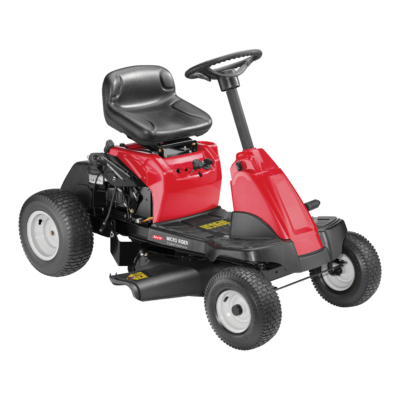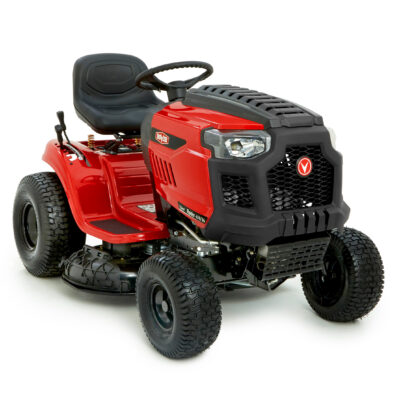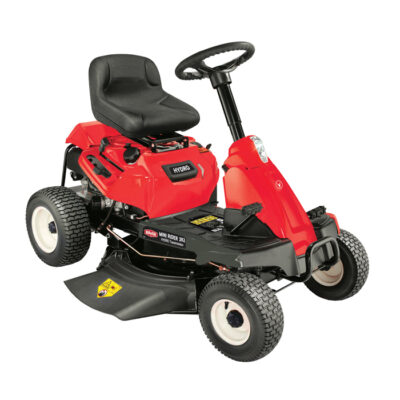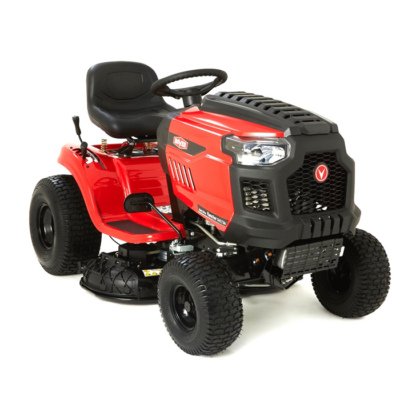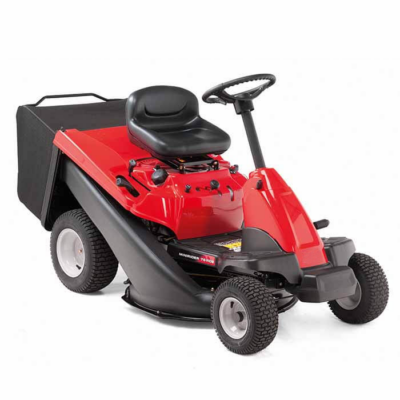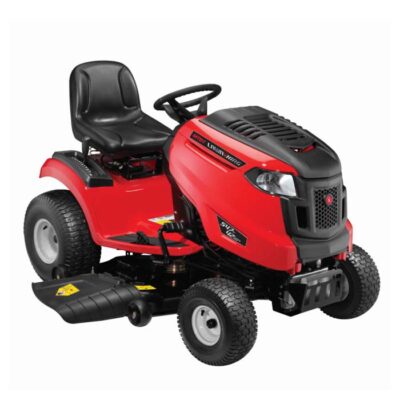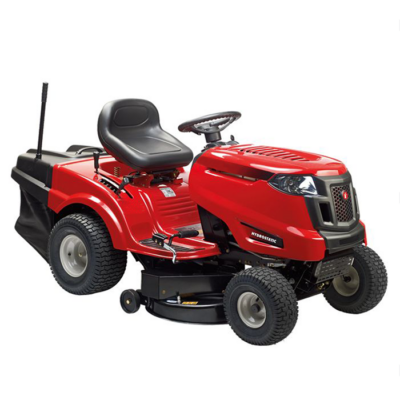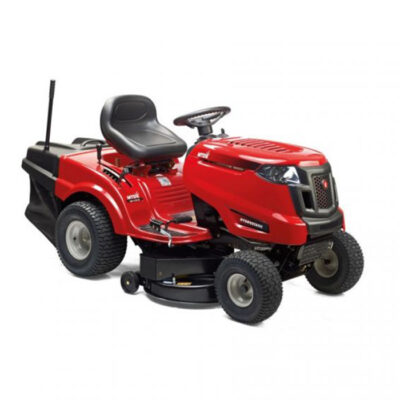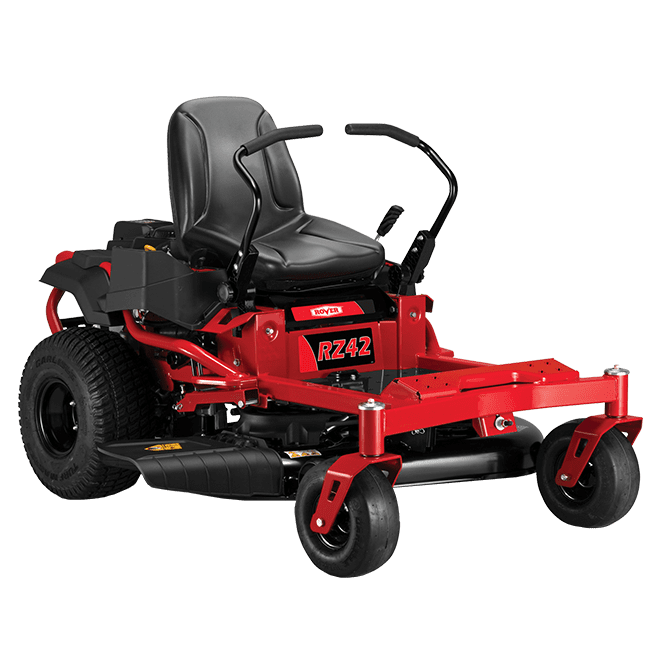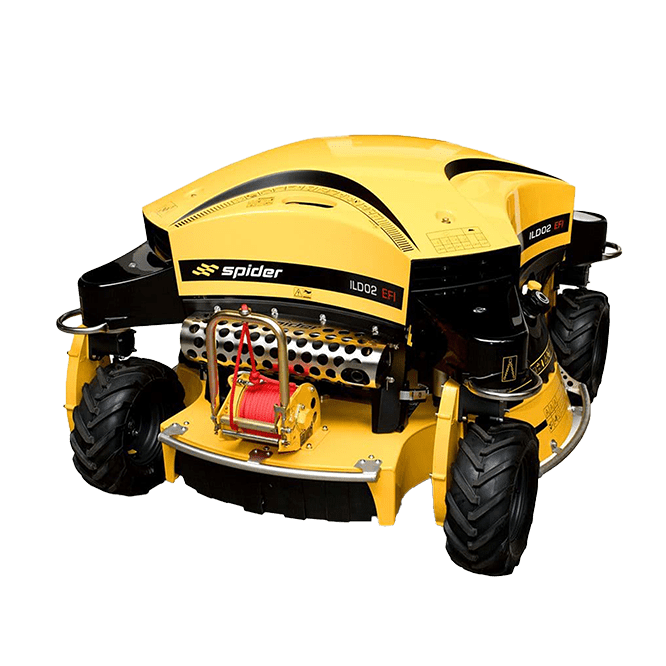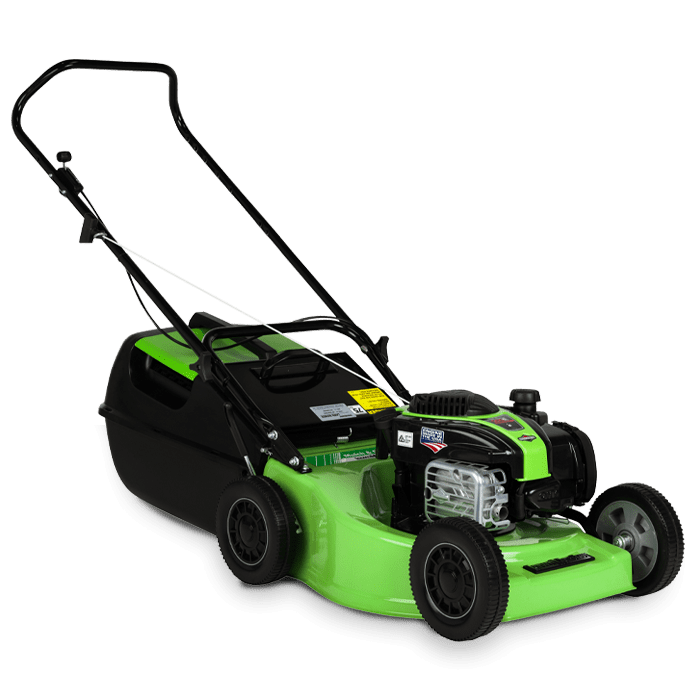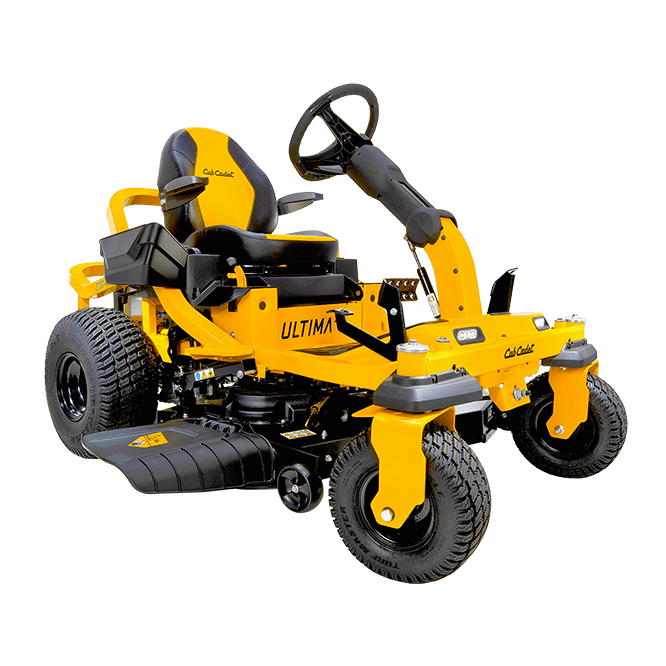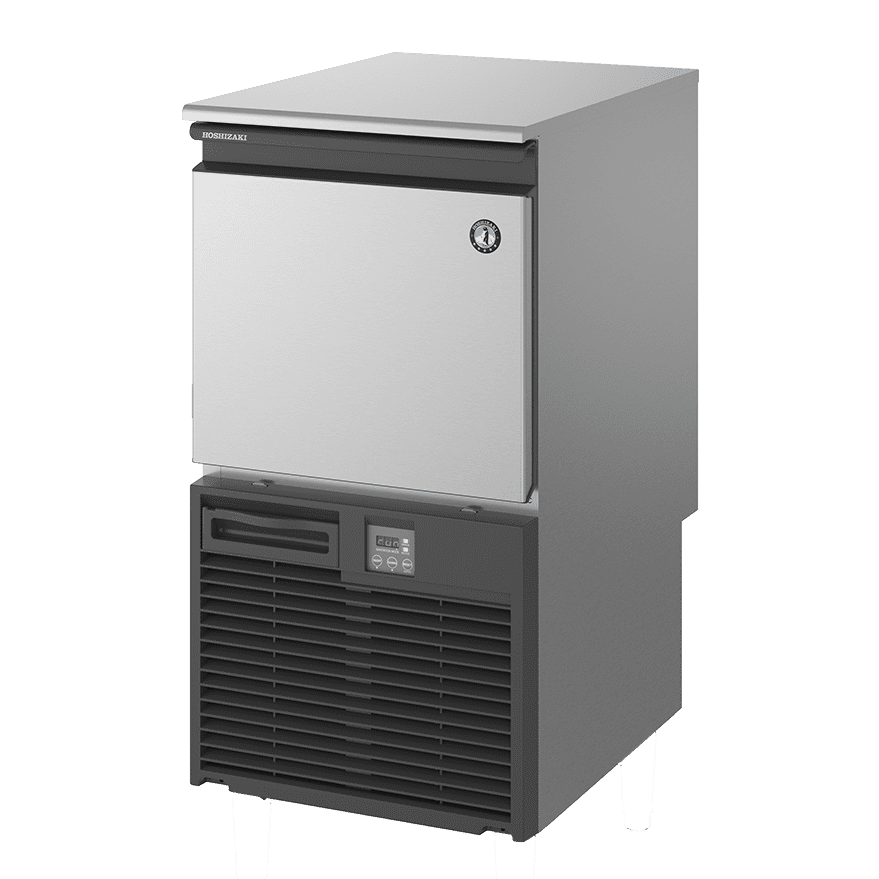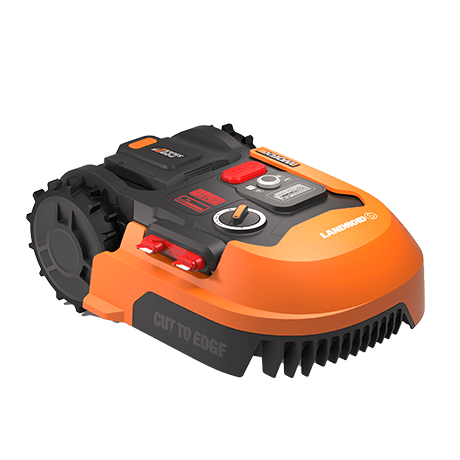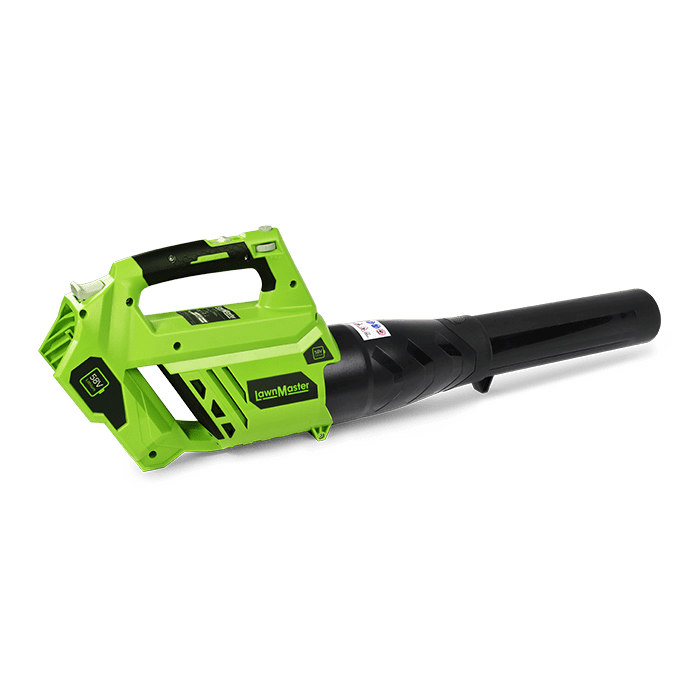Lawn Tractors
Whether you’re faced with extensive acres of grass or a cozy residential lawn, Rover offers secure and cost-effective lawn tractors and compact rider mowers that make precise grass cutting a breeze.
Showing all 8 results
-

Micro Rider
RRP $3,599.00 View Product -

439/36
RRP $4,599.00 View Product -

Mini 382 Hydro
RRP $4,899.00 View Product -

547/36
RRP $4,999.00 View Product -

Mini 382/30 RD
RRP $4,999.00 View Product -

547/42 XT1 Lawn King
RRP $6,499.00 View Product -

LN200H
RRP $7,999.00 View Product -

LE180H
RRP $7,999.00 View Product

Rover Warranty

Finance Solutions

150+ Dealers New Zealand Wide

Since 1956
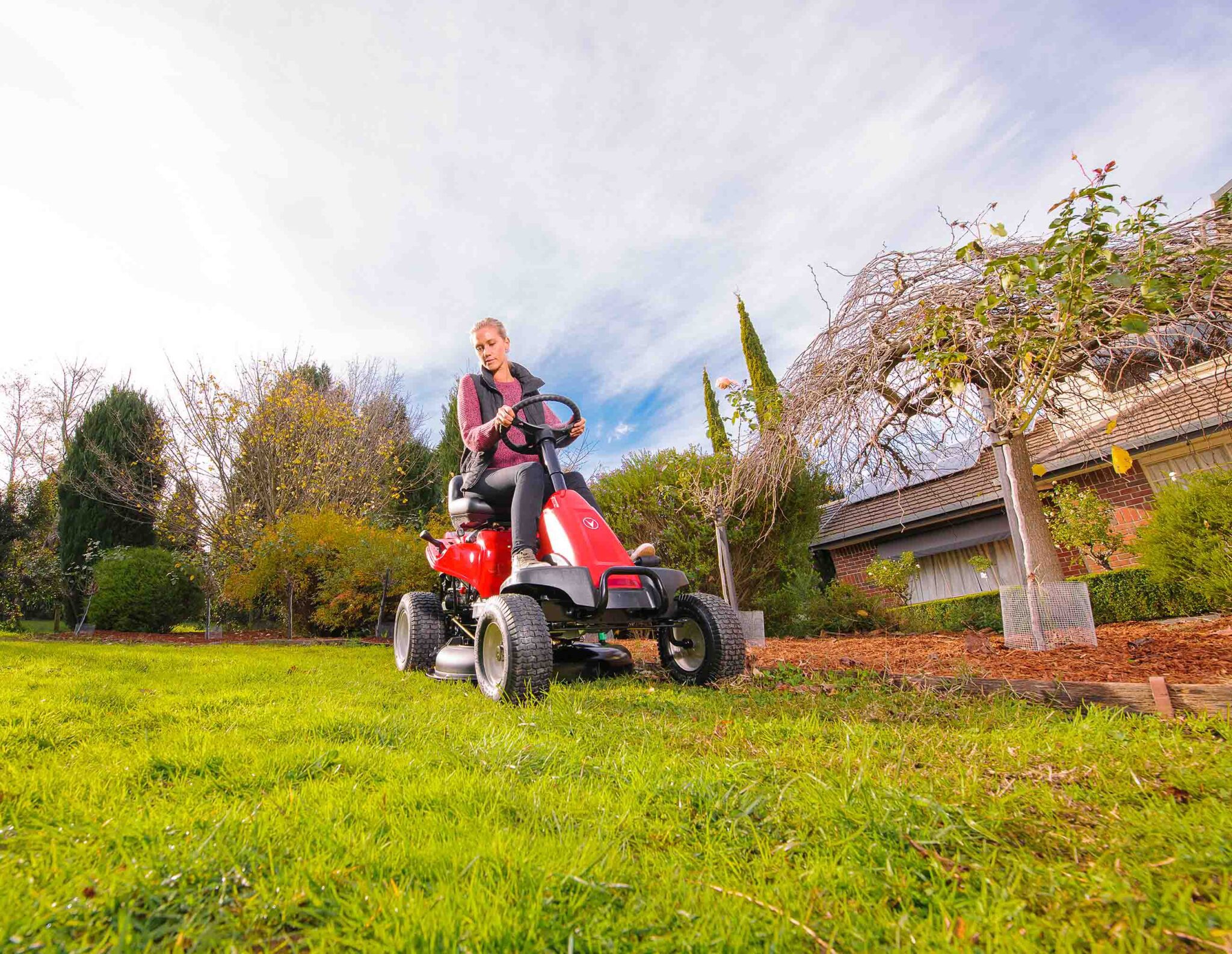
Perfectly Suited for Suburbs
Owning a lawn tractor isn’t reserved for those with expansive yards. Rover’s lineup of compact residential ride-on mowers is tailored to fit standard suburban properties. These smaller domestic mowers occupy just slightly more space than a typical push mower, making them easy to store in a garage or a compact shed. Additionally, our micro and mini rider models are designed to effortlessly pass through a standard-width garden gate, enabling you to seamlessly mow from your front yard to your backyard without ever having to leave your seat.
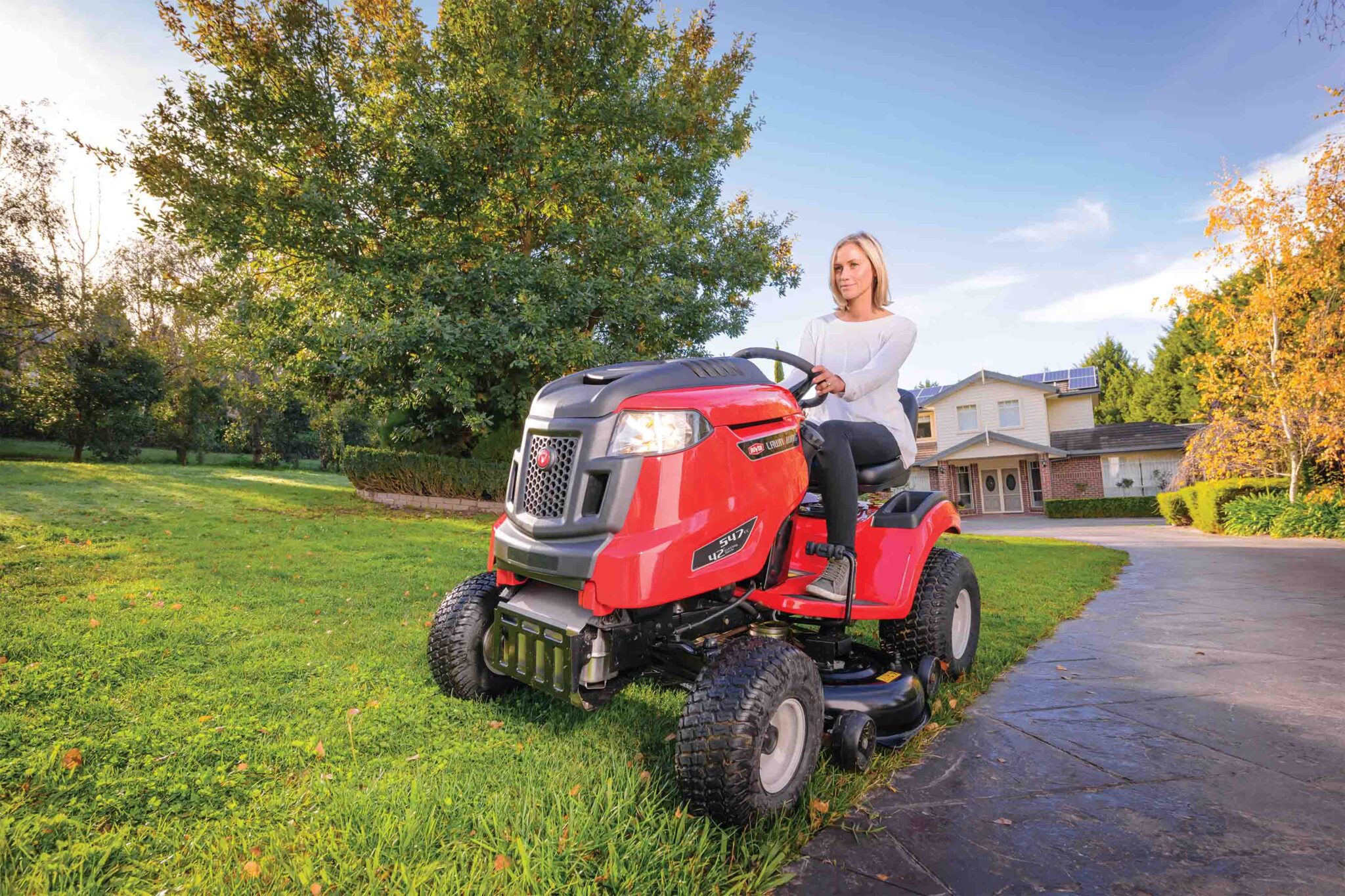
Mow with Elegance
At Rover, we are firm believers that mowing your lawn should be a delightful experience.
We have meticulously crafted our range of ride-on lawnmowers to provide top-tier ergonomic comfort, and we have thoughtfully included a convenient cup holder. Your Rover Rider is engineered with a primary focus on safety and user-friendliness, delivering outstanding maneuverability and control. With intuitive controls and efficient operation, you can effortlessly navigate around obstacles, achieving flawless grass cutting results in a fraction of the time and with none of the exertion required for traditional push mowing.
FAQ’s
1. How can I determine if a ride-on mower is necessary?
If you find manual rotary mowing physically taxing or time-consuming, or if mowing your lawns becomes a lengthy chore, especially if you have a property measuring 1/4 acre or larger, investing in a ride-on lawnmower will significantly reduce both the time and effort required.
2. What riding lawn mower size is appropriate for me?
The size and width of the mower’s cutting deck you need depend on the size of the grassy areas you need to mow.
For residential properties measuring up to 4000m² (1 acre) or gardens with intricate edges, tight curves, or obstacles that require careful maneuvering, a compact 24-inch micro rider mower or a 30-inch mini-rider mower will suffice.
However, for expansive lawns, larger gardens, and wide grassy expanses exceeding 4000m², opt for one of our speedy and robust 38 or 42-inch cutting deck models to swiftly achieve a perfectly manicured lawn.
3. Is a ride-on mower suitable for uneven terrain?
The suitability of a ride-on mower depends on the type of terrain you are mowing. Before choosing a model, consider the condition, slope, and obstacles on your property.
Most Rover ride-on mowers excel at maintaining large, flat, or gently undulating lawns. However, for safe mowing on hilly or uneven terrain, you will need a riding mower with a wide stance, low center of gravity, and impressive traction to prevent slipping, sliding, or tipping.
Rover offers the Lawn King 547/42 Ride-on mower for domestic use, which is well-suited for mowing on hilly terrain. Additionally, the Rover RZ42 Zero Turn mower features four-wheel steering control and outstanding stability on challenging slopes, including gradients of up to 20°.
4. Should I run my engine at full RPM/throttle?
Yes, Rover recommends operating all machinery with air-cooled engines at their highest RPM for several reasons:
- A.) The engine’s cooling and lubrication systems function optimally when the throttle control is set to the highest position. Running the engine at a lower speed reduces cooling air flow and decreases the volume of circulated oil, potentially shortening the engine’s lifespan.
- B.) The engine’s carburetor is tuned for maximum cleanliness and efficiency at full throttle. Running the machine below its optimum speed range reduces engine and carburetor power.
- C.) The engine’s governor maintains the ideal cutting deck speed when the throttle is at maximum. Running the engine at a slower speed results in decreased performance, increased vibration, and additional wear and tear on drive components such as the cutting deck drive belt.
- D.) Some models feature DC electric starters and battery systems that rely on the engine for recharging. Running the engine at less than full RPM may result in a slow battery recharge rate, reducing the battery’s lifespan.
For lawn tractors and other self-propelled units, it is advisable to keep the engine at full throttle whenever possible. Adjust ground speed using a lower gear or the ground speed control; avoid using the throttle to regulate ground speed, as it may not provide sufficient electrical current to maintain battery charge.
5. Why do grass clippings clump, not mulch properly, or clog the chute when I use the grass catcher?
Here’s a troubleshooting list of 7 points to consider for improving cutting performance and grass clipping disposal:
- CLEAN YOUR DECK: With the machine turned off, inspect the underside of your cutting deck to ensure it’s free of debris or clippings. A clean deck is essential for maintaining adequate airflow to properly discharge clippings and for effective mulching.
- RUN ENGINE AT FULL THROTTLE: It’s crucial to operate your unit at full throttle at all times. Running the engine at low RPM reduces the blade’s rotational speed and decreases airflow through the cutting deck.
- WET GRASS: Excessively wet grass can lead to clumping. Try to mow only when your lawn is dry. Even if the grass appears dry on the surface, recent rain, fog, or damp conditions can make it wet. If your mower’s wheels get damp while crossing the lawn, it may be too wet, causing the machine to struggle with proper clipping movement.
- LONG GRASS: If the grass is overly long, it can result in poor clipping movement. Bag clippings or mulch when cutting off no more than 2 inches of the grass blades with each pass. Otherwise, you may be attempting to force too much material through the discharge opening, causing overloading or clogging.
If the lawn is overgrown, it may be necessary to make multiple passes with the mower, starting at a higher cutting height and gradually lowering it with each pass until the desired grass length is achieved.
- TRAVELLING SPEED: Operating at a high ground speed can make it challenging for the mower to properly discharge the increased volume of grass clippings into the collector chute. Travel at a steady, medium to slow pace with the engine at full throttle. Adjust tractor speed rather than the throttle to control ground speed to ensure adequate electrical current for battery charge maintenance.
- DULL BLADES: Dull or unbalanced blades can cause clumping or clogging. Periodically inspect, sharpen, and balance the blades to maintain optimal performance and airflow.
- HIGH LIFT BLADES: If the above steps do not resolve clippings discharge issues, consider fitting “High-Lift” cutting blades. These blades maximize the ejection airflow from the deck discharge opening, particularly on larger cutting decks, which manage more clippings with higher exit airflow to prevent clumping.

